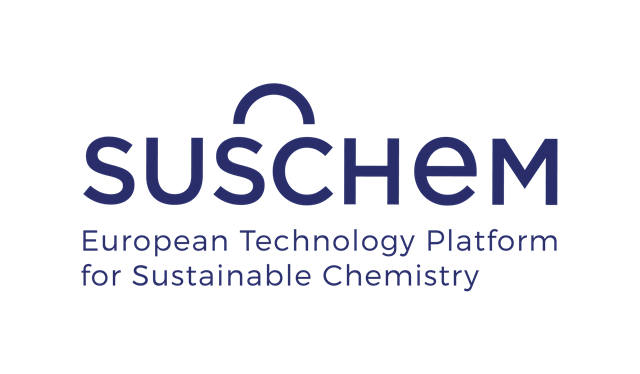In its F3 Factory case study Arkema sought to demonstrate both the technical and economic viability of producing high volume intermediate chemicals in modular, medium scale plants. Working in collaboration with the Process Design Centre, Ehrfeld, Coatex and three academic partners, CNRS Nancy, TU Dortmund and the Institute of Catalysis & Surface Chemistry PA, Poland, this project is exemplified by the production process for acrylic acid and its derivatives from biomass-based glycerol.
Chemical intermediates produced in high volumes (hundreds of thousands to several million tonnes per year) are traditionally manufactured in large, dedicated, continuous world-scale plants. These high-volume, highly optimised plants benefit from economy of scale, for example in terms of capital expenditure per unit of product, the efficient use of raw materials and/ or energy integration.
However, these plants require large upfront investment and significant development time and effort to build. They also lack flexibility in terms of quick adaptation to changing market conditions and the introduction of new or more efficient technologies.
The
F3 Factory concept for decentralised, modular, continuous, medium-scale plants is therefore focused on the development of smaller and more flexible production units that can be located, for example, closer to raw material suppliers or downstream users.
The state-of-the-art process for producing acrylic acid and its derivatives starts with fossil-based propylene. The Arkema case study sought to develop a new ‘greener’ and more cost-effective production process (see below) that begins with biobased glycerol: a widely available green by-product of the oleochemical sector and biodiesel production.
Medium-scale plants
To compete with state-of-the-art world-scale processes, the new
F3 Factory process needs to be refined and optimised to provide the most economic alternatives. Process Design Centre (PD) developed a methodology for the design of optimised, complex, medium-scale plants by adapting conceptual process designs to fit with the new
F3 Factory concept. This systematic approach is an iterative ‘whole process design’ which comprises:
- black-box modelling to establish an initial idea of the process steps
- selection of possible function or tasks
- selection of unit operations capable of providing the required performances (within the F³ Factory approach, unit operations that are more compact or easy to number up, are preferred)
- integration into a detailed flow-sheet and mass balance
Production challenges to innovative solutions
Replacing fossil fuel feedstock with biobased feedstock leads to several challenges:
- the impurity profile of the new feedstock needs to be managed
- any varying quality issues in the raw material
- faster deactivation of catalyst can occur in some cases and must be addressed, while maintaining high production yields
- a biobased process is competitive from an economical and environmental point of view but only if the process is not too energy intensive
Whole process design evaluation, focusing on the systematic examination of alternatives allowed Arkema to select processes with low emissions and high energy integration. Parallel laboratory and process work successfully optimised the process, taking into account specific conditions for reaction and purification requirements.
As part of the development work on intensified chemical reactors, Arkema developed and patented innovative solutions to handle faster deactivating catalysts with a very low number of reactors. Process intensification was also implemented by combining reaction and distillation in a single piece of equipment for acrylate ester production.
Looking at downstream processes, the case study focused on optimised purification sequences that combine a set of distillation and crystallisation steps. As part of this activity, a new process with a reduced number of distillation columns was patented. Intensified crystallisation apparatus for melt crystallisation's using milli/microstructured devices was also developed and patented. Breaking azeotrope with membrane was also introduced to reduce the amount of equipment required and energy consumption.
Validation
In conducting the validation studies for this case study, Arkema discovered and patented a new process for the selective chemical elimination of propanal in acrolein which simplifies the purification scheme for acrylic acid.
Two pilot plants for validation of the
F³ Factory concepts, at a production scale of several kilogrammes per hour have been established at Arkema and TU Dortmund and biobased acrylic acid has been successfully polymerised at Coatex.
Whole process design (optimising the whole process as opposed to individual unit operations) and process intensification were key success factors in establishing a new process for the production of an intermediate chemical from a new biobased feedstock.
Learning from this case study suggests that the development of modular, medium-scale production (row housing) can deliver production flexibility and reduce financial risk when considering production needs for a new or growing market.
More information
For more information visit the
F3 Factory Project website or contact
Jean-François Devaux at Arkema.












